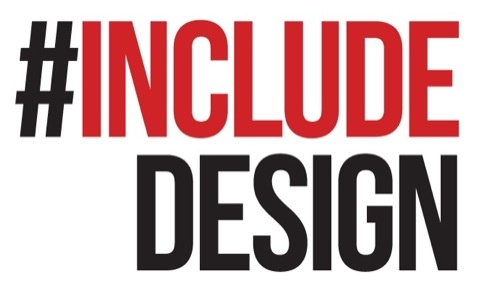Design education disaster averted
Scroll back to the beginning of the year and the future for design education in English schools looked pretty bleak.

Source: Regional Cabinet
Education Secretary Michael Gove
Back then, Education Secretary Michael Gove was proposing to replace GCSEs with the English Baccalaureate Certificate – a system that would have seen design relegated to an extracurricular subject.
Even after these plans were scrapped in February, with Gove referring to them as ‘a bridge too far’, new plans for design in the National Curriculum were tabled by Government, which would have seen cooking and gardening lumped into the Design & Technology programme.
Critics of the Governments education policy swiftly shifted from celebrating their EBC victory to castigating these teaching proposals as ‘not fit for the 21st century’.
And today, following sustained pressure from the design industry, the Department for Education has unveiled a National Curriculum for design that looks, well, pretty good actually.
Gone are the reference to cookery and make-and-mend (or as critic Sir James Dyson said, ‘Skills such as how to grill a tomato and what to do if your bike chain falls off’) and in their place is a nuanced programme of teaching, with an emphasis on practical skills.
Pupils will be given experience of new technologies such as 3D printing and computer modelling and will also put their explorations in context by studying the work of contemporary and past designers.
Dyson, quick to criticise the earlier proposals, has approvingly described the finalised curriculum as ‘one that will develop the skills required for the inventive jobs of the future’.
So how have we got to this relatively fortunate position? A combination of pressure, hard work and luck it seems.
I’ve written a lot previously about the admirable #IncludeDesign campaign, which was put together to lobby against plans to drop design from the EBC curriculum. It organised a series of protests including open letters to Gove (joined by Design Week) and can surely take some of the credit for the EBC plan being dropped.

It has to be noted though, that the main reason for EBCs being dropped appears to be a combination of internal political pressure and fears that having just one exam board per subject could lead to legal challenges.
After the Government’s U-turn on EBCs, #IncludeDesign got a new target in its sights – the much-criticised proposed curriculum. It was joined by allies including the Design & Technology Association and the Design Council in responding Government consultation on the subject and urging others to do so too.
This response does appear to have had the desired effect, with the D&T Association saying, ‘The changes between the February draft and the final draft published today are immense… These changes have only been possible because of the campaign led by the D&T Association.’
Richard Green, chief executive of the D&T Association, says, ‘This is a curriculum that challenges children and young people to design and innovate, providing the essential knowledge and skills to participate successfully in an increasingly technological world.’
Design Council chief executive John Mathers meanwhile says, ‘We’re delighted that schools will now have the opportunity to foster the talents of the next generation of Great British designers.’
But amid all the optimism and self-congratulation, #IncludeDesign campaign founder Joe Macleod sounds a note of caution.
‘Although it’s been a long and often difficult journey, we are pleased with the state of the new D&T curriculum.’
But, he adds, ‘There is still more work to be done… We need to improve industry engagement, increase funding for up-to-date and relevant project equipment and invest in relevant training for the teachers.’
Macleod points to Creative & Cultural Skills’s new Skills Acadamy for Design, launching this month, as one of the initiatives industry needs to get behind.
The design industry has won some great victories in education over the past six months – all of which reinforce the importance of design in the mind of Government. Momentum appears to be with us – who knows how far we can go?





Phew!! That was close.
If implemented properly this could be a real game changer for Britain’s future in the global economy.
Thank you government 🙂